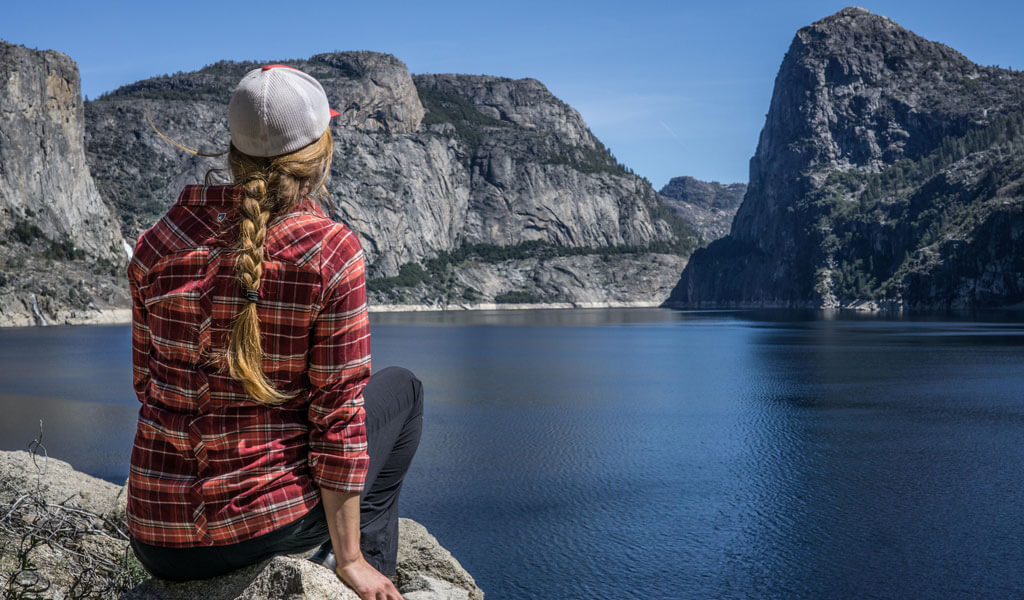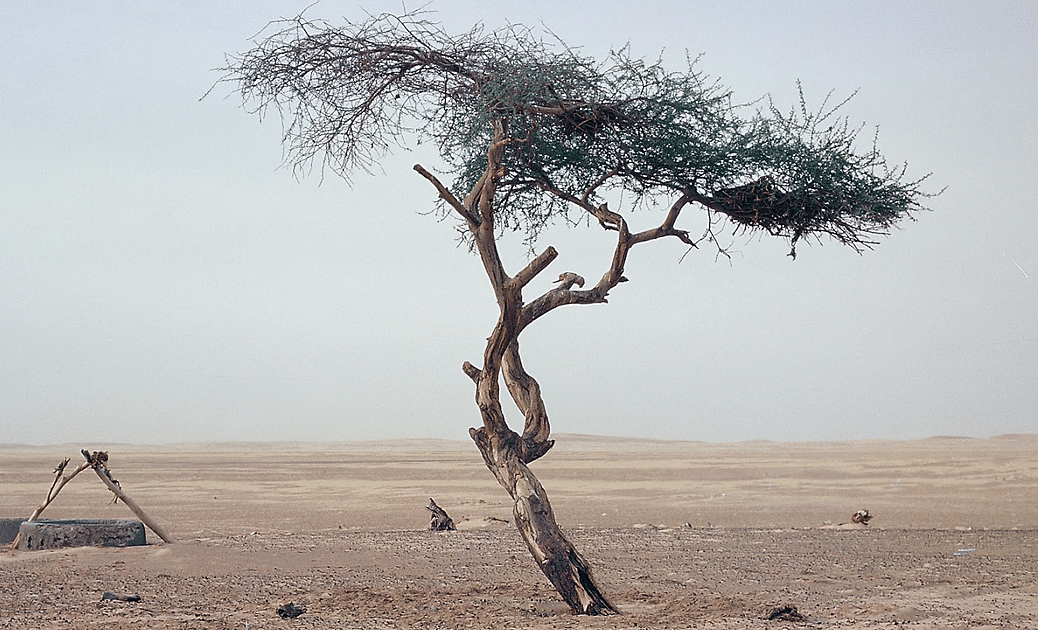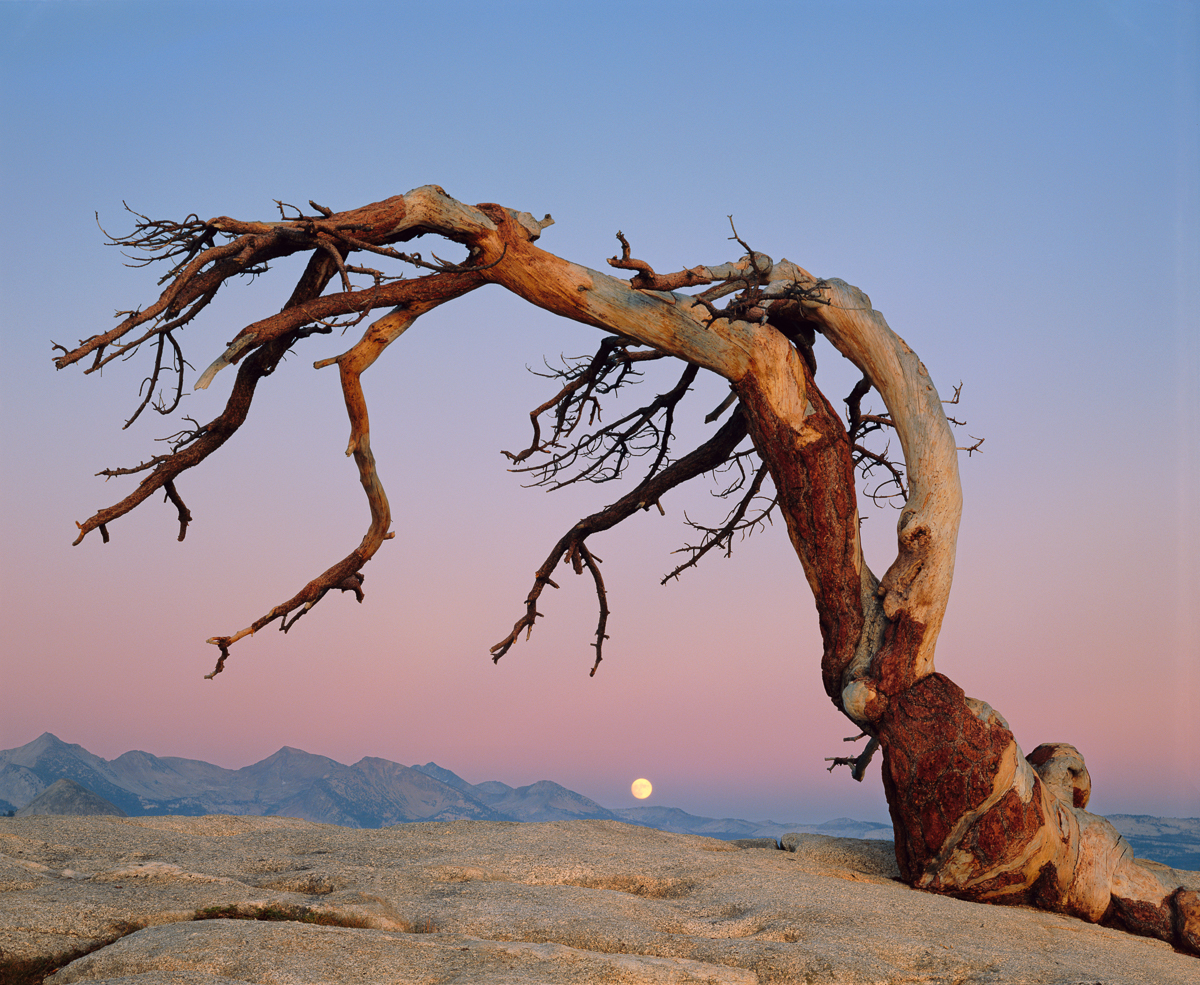Terraces of Pink and White, Lake Rotomahana:
Charles Blomfield painted this stunning picture in 1882, and it appears to be the stuff of legend. However, the pink-hued ponds it portrays were originally totally real. The Pink and White Terraces, which are believed to be located on the shoreline of Lake Rotomahana in the northern part of New Zealand's North Island, were created by boiling geysers that spewed geothermal water down the lake's edge. The unique layered pools were created as the water cooled, and the sulfides gave them their pink hue.
LakeRotomahana, Terraces:
Charles Blomfield painted this stunning picture in 1882, and it appears to be the stuff of legend. However, the pink-hued ponds it portrays were originally totally real. The Pink and White Terraces, which are believed to be located on the shoreline of Lake Rotomahana in the northern part of New Zealand's North Island, were created by boiling geysers that spewed geothermal water down the lake's edge. The unique layered pools developed as the water cooled, taking on a pink hue due to the sulfides present.
Yosemite National Park, Hetch Hetchy Valley:

The magnificence of the Hetch Hetchy Valley was once compared to that of Yosemite Valley, which is nearby. The granite rock of the Sierra Nevada mountains was eroded over millennia by rivers and glaciers, creating the U-shaped valley with steep sides. Its name comes from the Miwok term "hetchetci," which, as early photos demonstrate, was used to describe the grass seeds that were originally common on the valley floor along with an abundance of trees and other vegetation. Numerous indigenous cultures, like the Miwok people, called it home as well.
Wawona Tree, Yosemite National Park, California, USA:
The Wawona Tree, a massive, old sequoia tree in Yosemite National Park, was captured on camera here in 1918. When a tunnel was made through it in 1881, people began to take selfies with themselves driving or strolling through it. In the 19th century, tunnels were also cut through several other trees in US national parks in an attempt to draw in tourists.
Wawona Tree, Yosemite National Park, California, USA:
But you can harm a living tree by hacking into it. Thus, the Wawona Tree was already structurally compromised when the severe 1968–1969 winter arrived, bringing with it strong winds, a lot of snow, and a lot of rain. As a result, in February 1969, the tree fell to the ground. It was a massive 234 feet (71.3 meters) tall and had reached the ripe old age of 2,100 years before the fall.
Tree of Ténéré, Ténéré, Sahara Desert, Niger:

From ancient trees to extremely solitary ones, the Tree of Ténéré in the heart of the Sahara Desert was formerly dubbed the world's most lonely tree. The acacia, which was photographed here in 1961, was located around 250 miles (402 km) from the closest tree and belonged to a period when Niger was considerably wetter and greener. It was now somewhat of a landmark for visitors passing through the area.
Tree of Ténéré, Ténéré, Sahara Desert, Niger:
Tragic events occurred in 1973 when the tree—so well-known that it was shown on maps—was struck by a truck and toppled down. Though the offender was never identified, many speculated that it was a drunk driver. A statue has been erected in its stead as a memorial, and the original tree is now housed in the Niger National Museum.
London Bridge, Victoria, Australia:
The rock formation known as London Bridge, named after the British bridge it resembled in design, was originally located along Australia's Great Ocean Road on Victoria's southwest coast. But the arch crumbled quickly, even though it took hundreds of years of erosion to form.
London Bridge, Victoria, Australia:
The famous building fell on the evening of March 15, 1990, causing many people to cry out, "London Bridge is falling down." Only a few minutes earlier, two visitors had crossed it; luckily, nobody was injured when it fell. The fragment of rock that formerly linked it to the mainland has since fallen away, but as you can see, a smaller arch remains.
Jeffrey Pine, Yosemite National Park, California, USA:

Jeffrey Pine was often believed to be the tree that was photographed the most worldwide. The tree, which in 2003 was thought to be about 400 years old, definitely made a dramatic silhouette against the backdrop of Yosemite National Park with its remarkable wind-hewn shape. Since Ansel Adams' 1940 shot made it famous, photographers and nature enthusiasts from all over the world have been drawn to it.
Twelve Apostles, Victoria, Australia:
To be clear, there were never twelve apostles in the true sense. Although there were only nine apostles in the Bible at the time, these unusual sea stacks off the coast of Victoria, Australia earned their name in the 1960s when they were named for the twelve apostles. A process of erosion that started some 10–20 million years ago eroded them away from the cliff, first forming caverns in the rock face that later developed into arches and finally sea stacks.

.jpg)